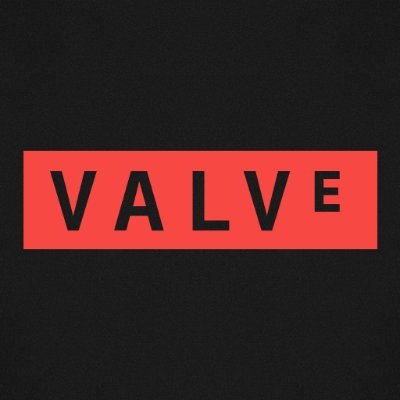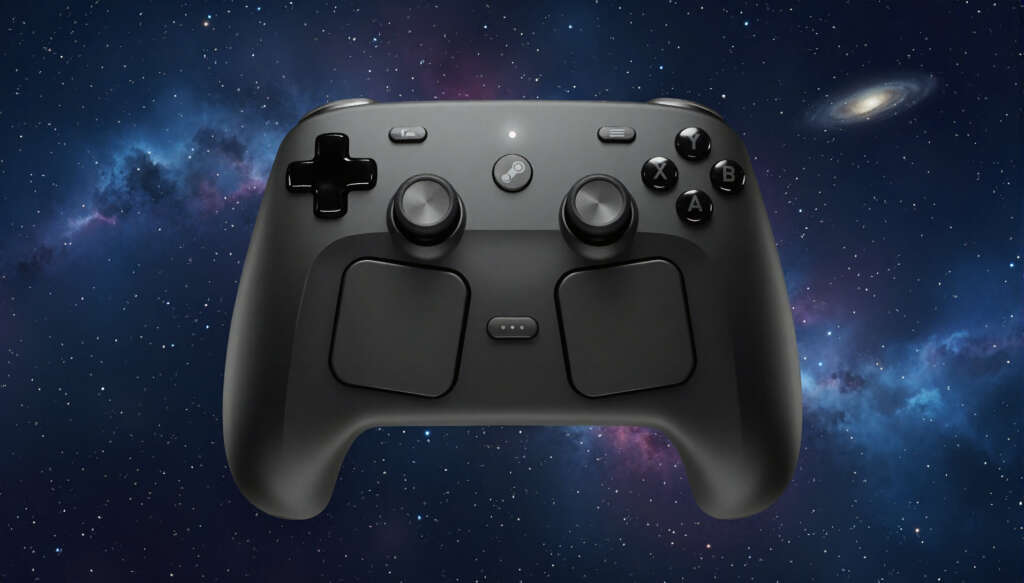Welcome to the golden age of customer service — where “your call is very important to us” means absolutely nothing and billion-dollar companies have mastered the art of pretending to care
You can’t get a human on the phone, refunds take geological time, and when your order arrives broken, they send you a coupon for 5% off your next disappointment. It’s not a bug — it’s the business model.
Cancelling subscriptions? Well, ending a subscription shouldn’t feel like escaping a cult, yet here we are — begging a chatbot for freedom like it’s our digital warden.
We totally respect your decision to cancel! Just complete a brief questionnaire, don a bunny suit, perform a lunar howl, and upload proof to our official Instagram. Then we’ll process your request — within 3–5 moons.
And then we have Valve, the creators behind Steam.

I bought a game, played it, hated every pixel of it.
So I geared up for the refund battle like it was the end of days — full faux-riot gear, a prop RPG slung over my shoulder, three cans of beans, emergency water rations, and a stack of bedpans because I was prepared for whatever “Customer Support” was about to unleash.
Then I get the email:
“We have received your request for a refund.”
Twenty-four hours later they just… gave me my money back.
The audacity.
A company with actual customer loyalty? Actual support? Who the hell do they think they are…
Valve Expands Its Hardware Lineup with the Steam Machine, Steam Frame, and a New Controller
Valve is doubling down on hardware again — this time with three new devices designed to extend Steam beyond the handheld: the Steam Machine, Steam Frame, and a revamped Steam Controller. Announced in November 2025, these mark Valve’s biggest hardware push since the Steam Deck.

Steam Machine: A Living-Room Powerhouse
The Steam Machine is a compact, cube-style console meant to live under your TV. Inside sits a custom AMD Zen 4 six-core CPU and RDNA 3 GPU with 28 compute units, paired with 16 GB of DDR5 RAM and up to 2 TB of storage. Valve claims the system delivers six times the performance of the Steam Deck, targeting high-frame-rate gaming on 1440p and 4K displays.
While it runs SteamOS, it’s clearly meant to bridge the gap between PC and console — an attempt to make your Steam library living-room-ready without the setup hassle of a full desktop.

Steam Frame: Valve’s Next Leap into VR
Valve’s new Steam Frame headset signals a major return to VR. Unlike previous hardware that relied on external tracking or PC tethering, the Frame is a stand-alone headset powered by SteamOS. Early previews suggest high-resolution panels, inside-out tracking, and the ability to run full Steam titles, not just VR-exclusive games.
If Valve delivers on that promise, it could become the first headset to truly merge flat-screen and immersive gaming under one platform.

Steam Controller 2.0: Familiar, but Smarter
The redesigned Steam Controller combines lessons from both the original model and the Steam Deck. Expect dual haptic touchpads, magnetic Hall-effect thumbsticks (to eliminate drift), gyro controls, and a compact “Puck” transmitter/charger for low-latency wireless play. The layout echoes the Deck’s ergonomic success but aims for precision and modularity across devices.
What It Means for Steam Users
Valve’s message is clear: the Steam ecosystem is no longer confined to desktops or handhelds. Between the Deck, the Machine, and the Frame, players could soon access their libraries seamlessly across handheld, living-room, and VR setups — all within the same OS environment.
Pricing hasn’t been revealed yet, and the official release window is early 2026, but the direction is unmistakable. Valve isn’t just iterating on its hardware; it’s building an ecosystem.

TL;DR
- Steam Machine: AMD-powered compact console, ~6× faster than Deck.
- Steam Frame: Stand-alone VR headset running SteamOS.
- New Steam Controller: Hall-effect sticks, touchpads, gyro, wireless puck.
- Goal: One unified Steam ecosystem across devices.
- Release: Early 2026, pricing TBD.
Bottom Line:
I feel almost obligated to keep “throwing my money” at Valve because they’re one of the few giant companies that consistently treats customers like actual human beings. When players speak, Valve listens—quietly, seriously, and often with follow-through.
Whether it’s refining Steam features, improving hardware, or responding to community feedback, they’ve built a reputation for giving a damn. That kind of respect creates a loyalty you can’t manufacture, and it makes supporting them feel less like a purchase and more like investing in a company that genuinely values its players.
VISUAL TECH MAGAZINE







Leave a Comment